Pork Producers Balance Herd Constraints with Productivity Gains
Despite favorable margin conditions from tighter competing meat supplies and lower feed costs, pork producers remain cautious on herd expansion. To counterbalance limited herd growth, they’re prioritizing productivity enhancements, herd health and optimizing carcass weights, Rabobank analysts said in a new report on global pork trends.
Rabobank projects a decline in the global sow herd in 2026 amidst heightened uncertainty including geopolitical tensions, health concerns and price considerations.
China’s plan to lower sow numbers by 1 million, some 2.5% of its current base, will in itself trim the global sow herd by 1%. Somewhat offsetting that dip, though, is the continued growth of Brazil’s sow herd, driven by favorable margins and strong export growth.
Global pork trade through June rose 3% year on year, with expectations that 2025 will end up slightly over previous levels. Brazil is the star, poised to grow global market share from 12% to 15% on increased market access and diversified export relationships. But geopolitical tensions persist, as both the U.S. and EU face trade challenges with China and other key export markets, the analysts explained.
Uncertainty also stems from the persistent risk of health concerns, they noted. Diseases including African swine fever, foot-and-mouth disease (FMD) and porcine reproductive and respiratory syndrome (PRRSv) have disrupted production and trade over the last year, though early indications are that 2026 will be more stable.
Questions about this Article?:

Copyright © 2021-2025. All rights reserved
This website stores cookies on your computer. These cookies are used to collect information about how you interact with our website and allow us to remember you. We use this information in order to improve and customize your browsing experience and for analytics and metrics about our visitors on this website. To find out more about the cookies we use, see ourPrivacy Policy.